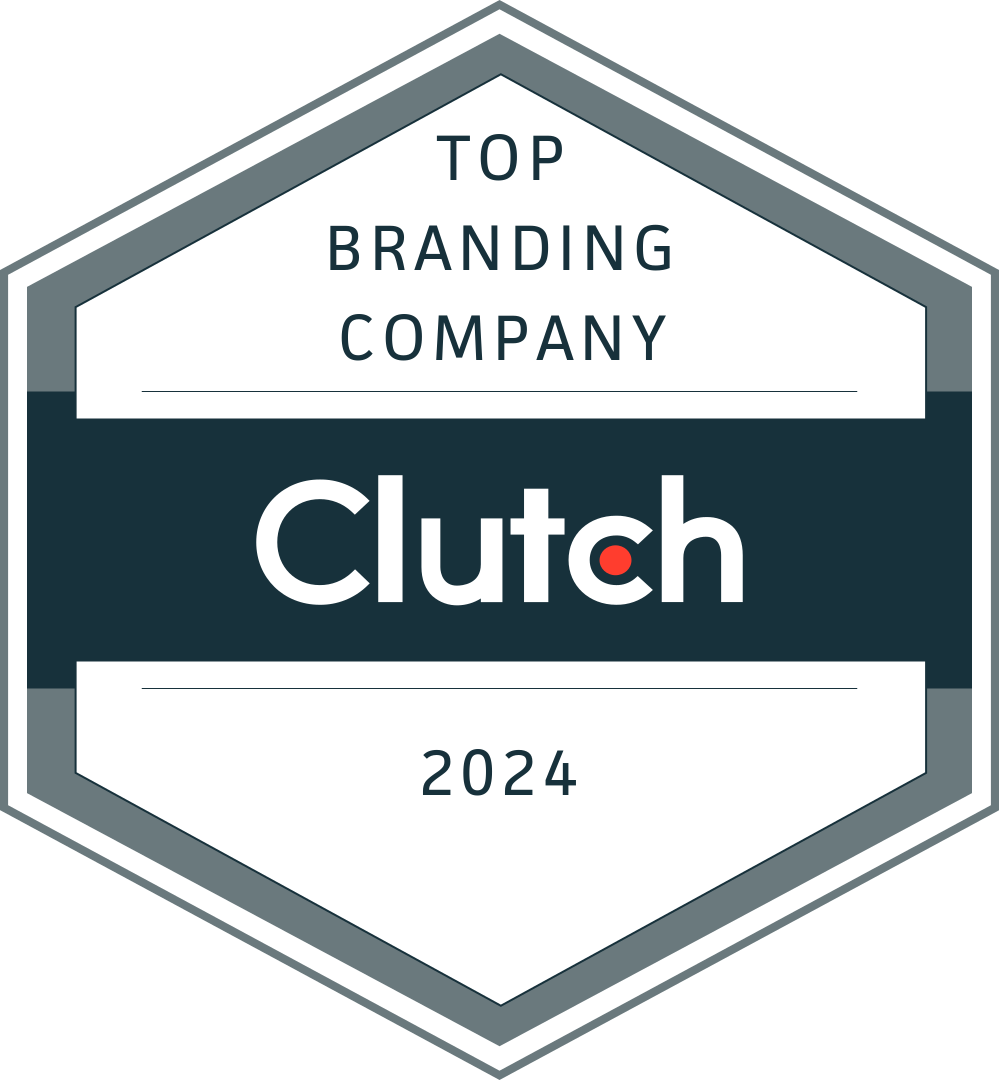Imagery is a vital part of any visual identity system. Building a central repository of “brand-correct” photography can be a terrific way to ensure that your images are working as hard as your other brand assets in communicating a consistent and appropriate tone across all touch points. But what’s the best way to build that library?
While there’s no one-size-fits-all approach, these five will get you started in the right direction.
1. Use strategy as your guide
Just like every other aspect of your visual identity, imagery needs to reflect your distinctive personality traits and positioning in the market. Many organizations do a terrific job of building a brand platform and developing a brand positioning. They also tailor logos, color palettes, type systems and graphics to their brand strategy, but go “off the shelf” when it comes to their images. Your agency should help you define what a “branded” image looks like, both in terms of overall style as well as content. That will be the guide as you populate your library, providing you with a powerful tool that’s in alignment with all of your other brand assets.
2. The more proprietary, the better
I almost hate to say it, but the best image libraries I’ve come in contact with have been populated with commissioned, proprietary photography. By “best”, I mean most distinctive and relevant to the brand. I’m sure that seems obvious, but it’s worth a reminder. Yes, the idea of building a proprietary library from scratch can seem daunting in terms of time, logistics, and cost. But, depending on your particular criteria, it can be eminently achievable and not even as expensive as you might think. Even if it’s only for a portion of the library, you owe it to yourself and the brand to research it as an option.
3. Be creative
It’s safe to assume that you rarely have the luxury of an open-ended timeline or copious amounts of money when developing brand assets and tools. This is also likely true in other areas of your business. But, in other situations, you might be more willing to think outside the box and be extremely creative with the resources and talent to get the job done ahead of schedule and under budget. Why not with an image library as well?
Sourcing brand-appropriate photography doesn’t always mean superstar photographers, exorbitant locations or model fees. We recently supplemented the image library of a non-profit by engaging several of our photographer friends to shoot people and scenes from their day-to-day lives at their leisure over the course of a couple of weeks (all with appropriate consent and model releases). While we compensated the photographers well for their time, other expenses associated with photo shoots were avoided and the result was a set of genuine and distinctive images that fit the brand to a T.
4. Make it your own
As much as I believe in point number 2 above, the fact is: Most libraries are populated with stock images. There is absolutely nothing wrong with this. The selection of high-quality stock photography out there is tremendous. But, with a little extra effort, you can make your stock-filled library feel almost as proprietary as a custom effort.
By doing some consistent post-production adjustments to visual elements such as color balance or saturation (using your identity and color system as a guide), or pre-cropping images in a unique way, you can not only make photos from different sources feel more like a unified family, but also add to their distinctiveness and alignment to your brand.
5. Don’t forget context
As you’re building your library, always keep your ultimate applications in mind. If your organization does a fair amount of web banners, for example, be sure your library contains images that can be cropped/extended for long horizontal use. Engage the owners of key customer touch points in your organization to make sure their communications needs are well-understood; not so much about style as it pertains to the brand, but specific content and format needs. A well-thought out image library is only effective if it gets put to use.
